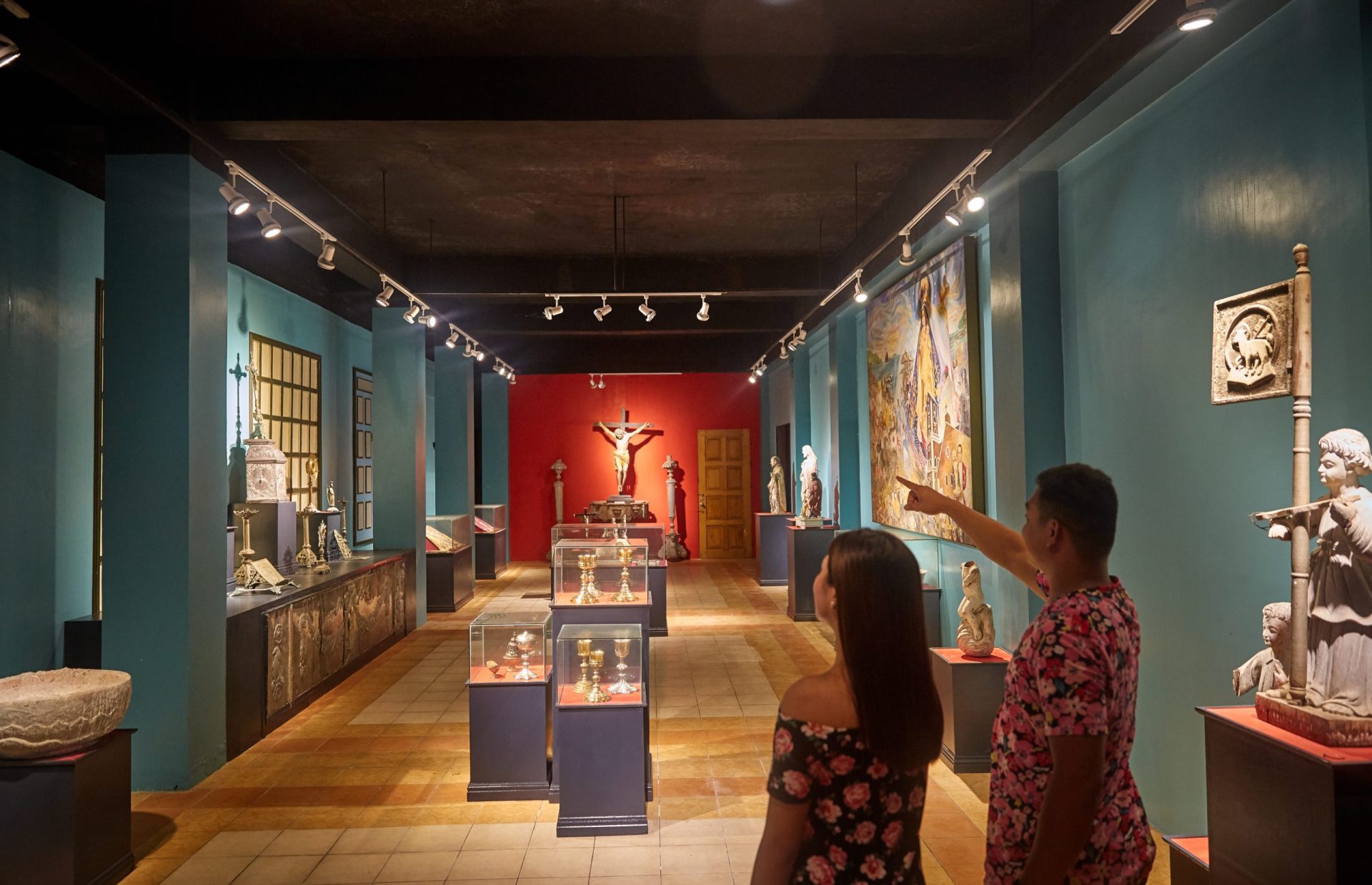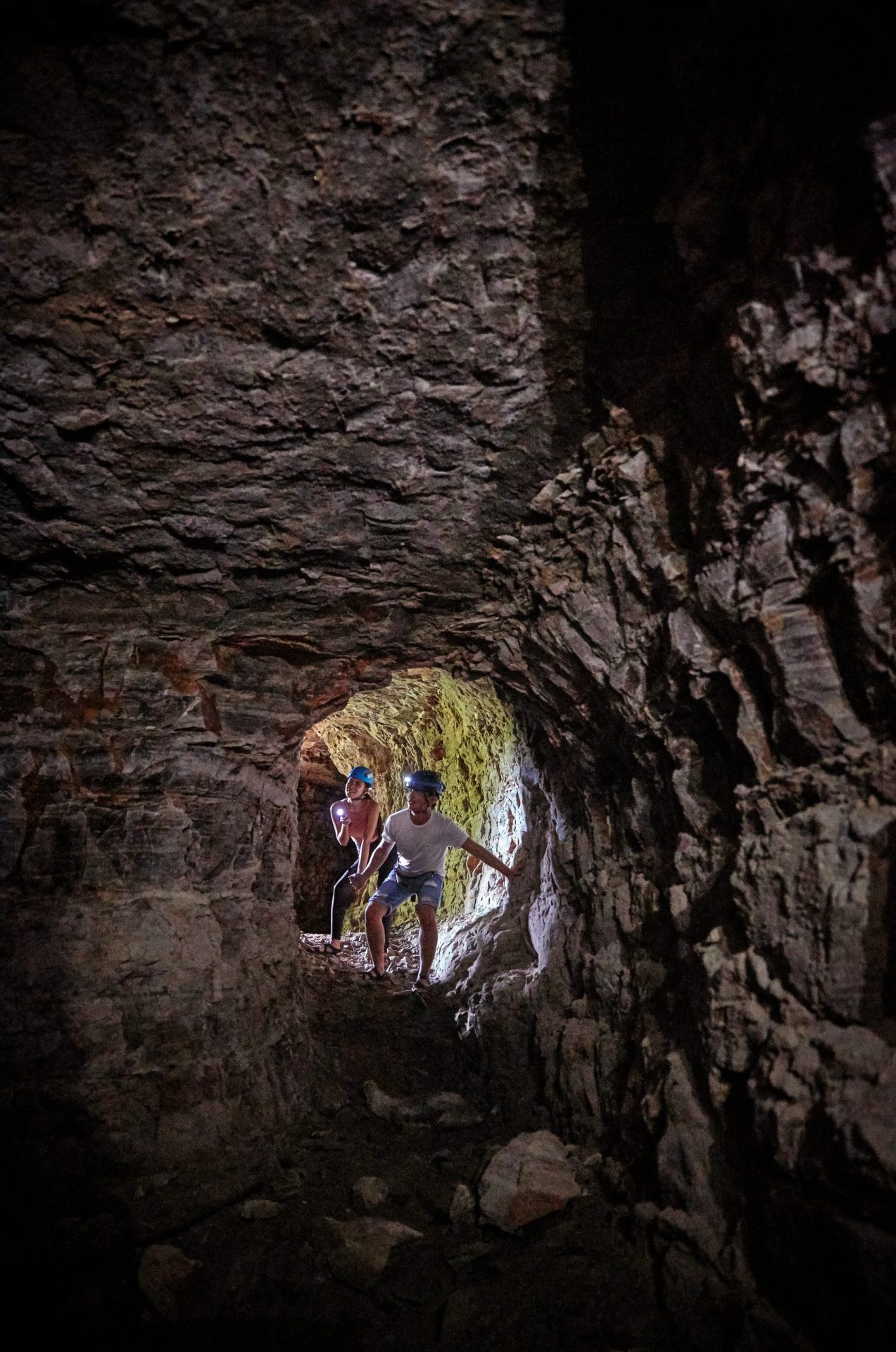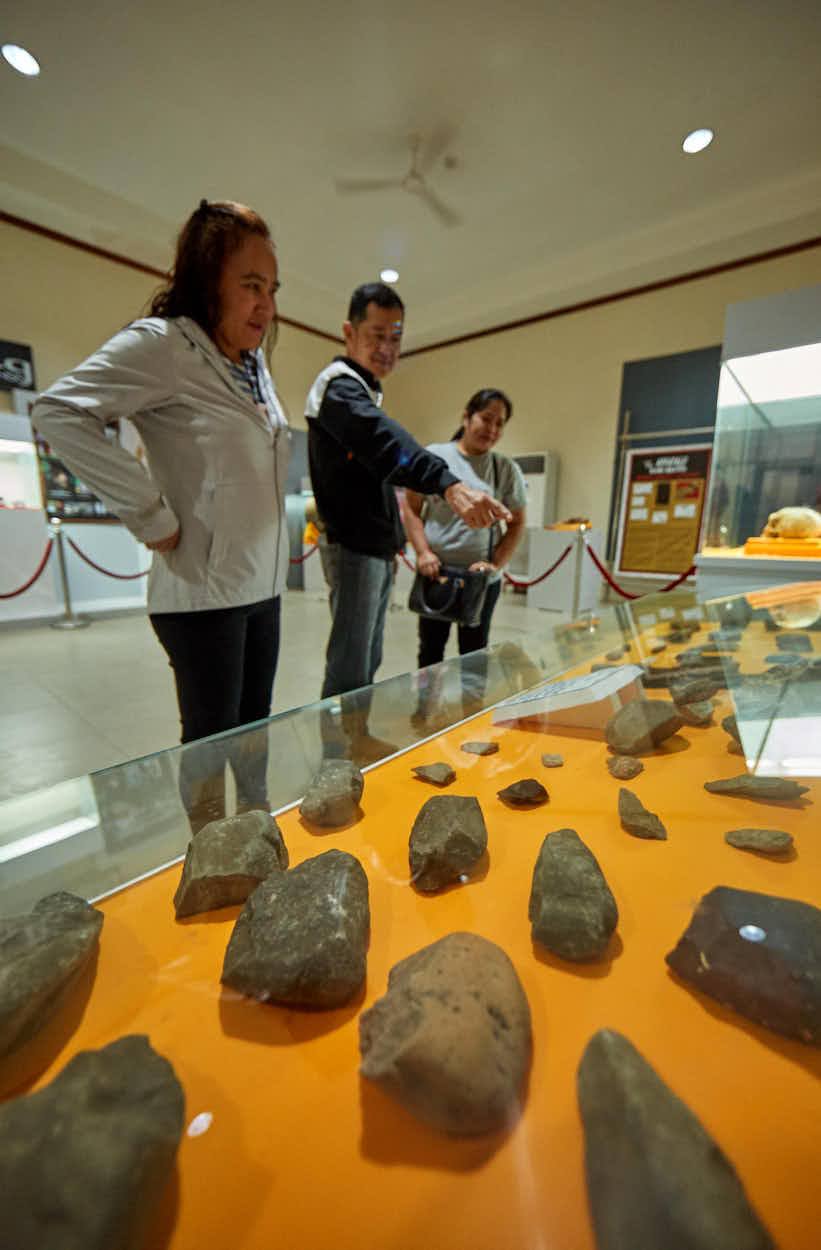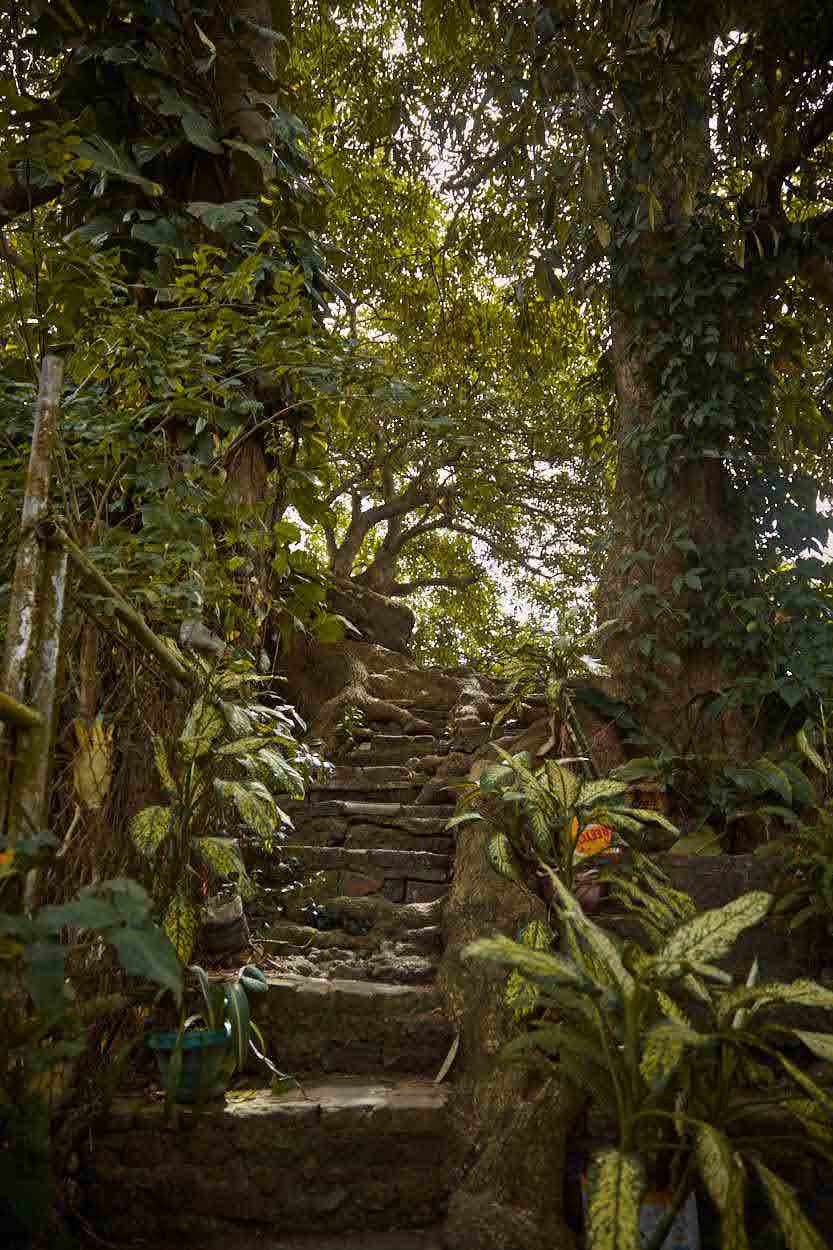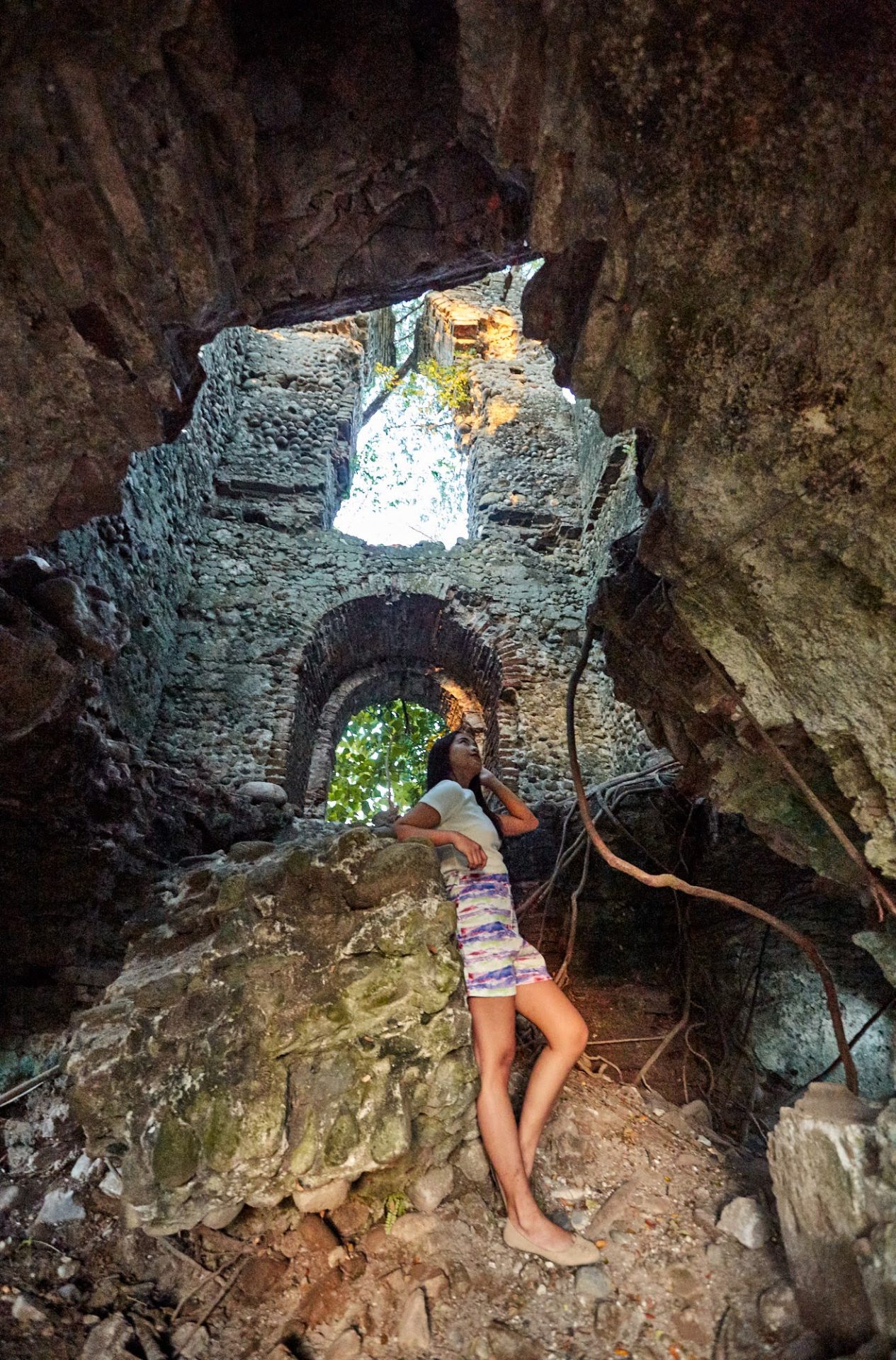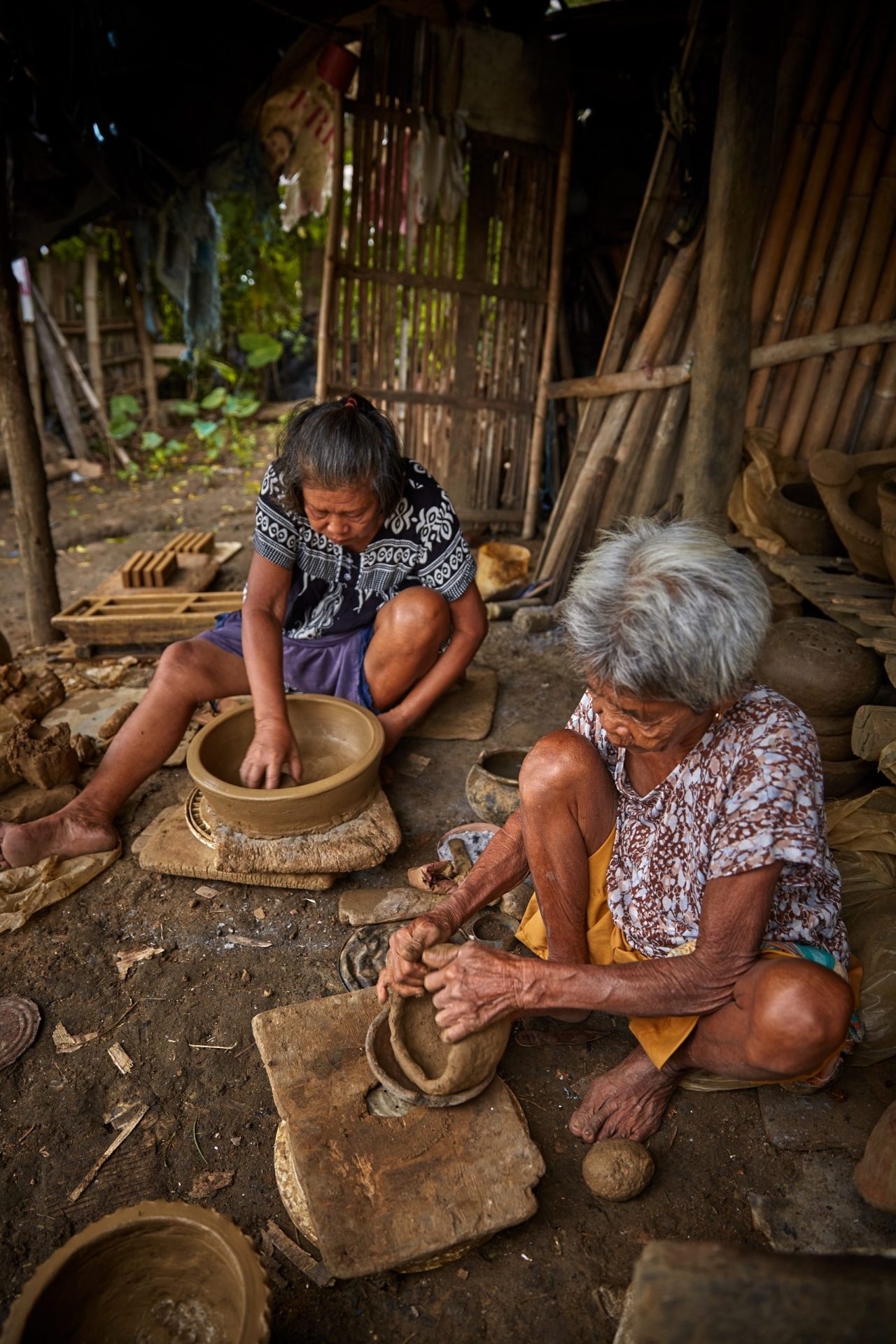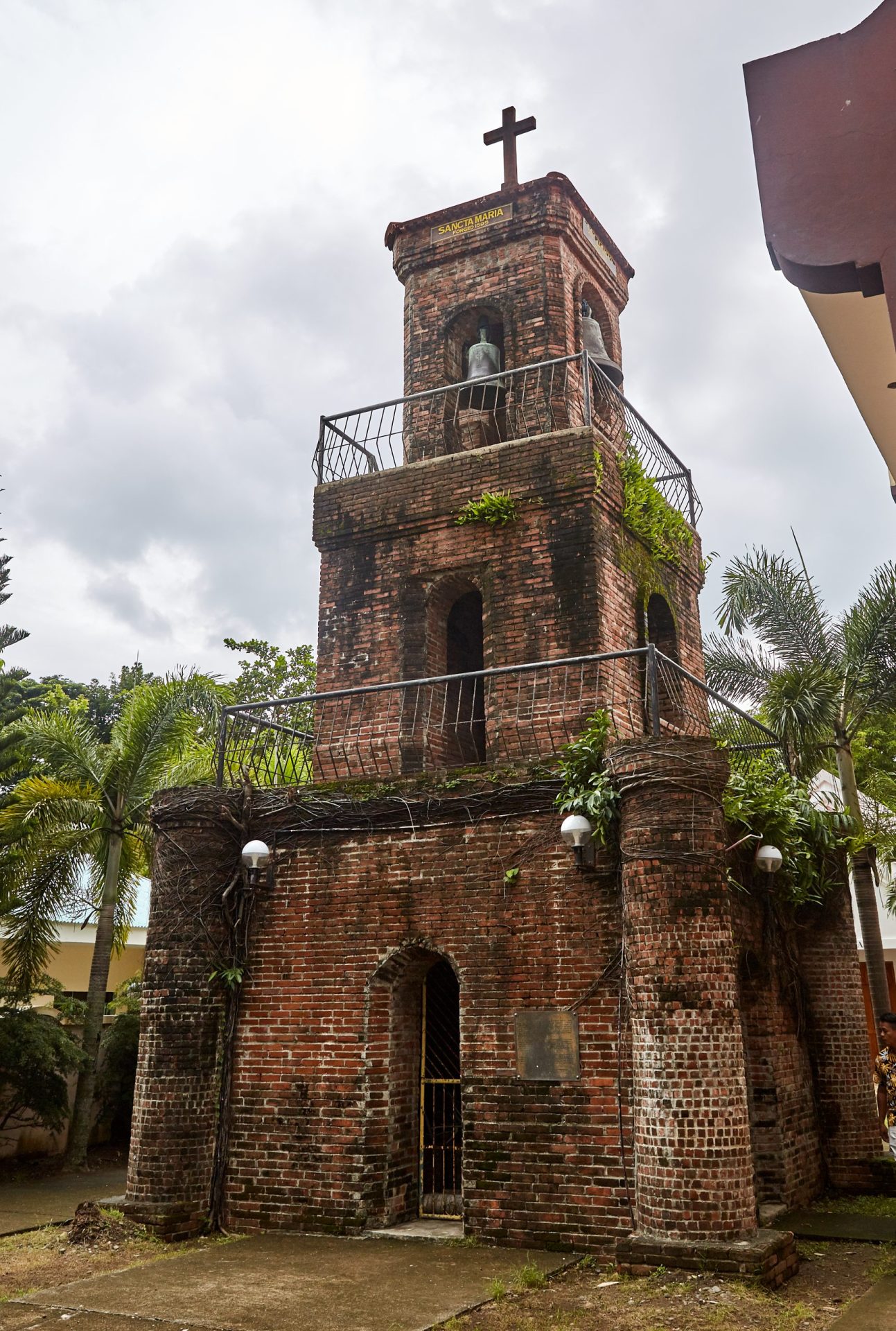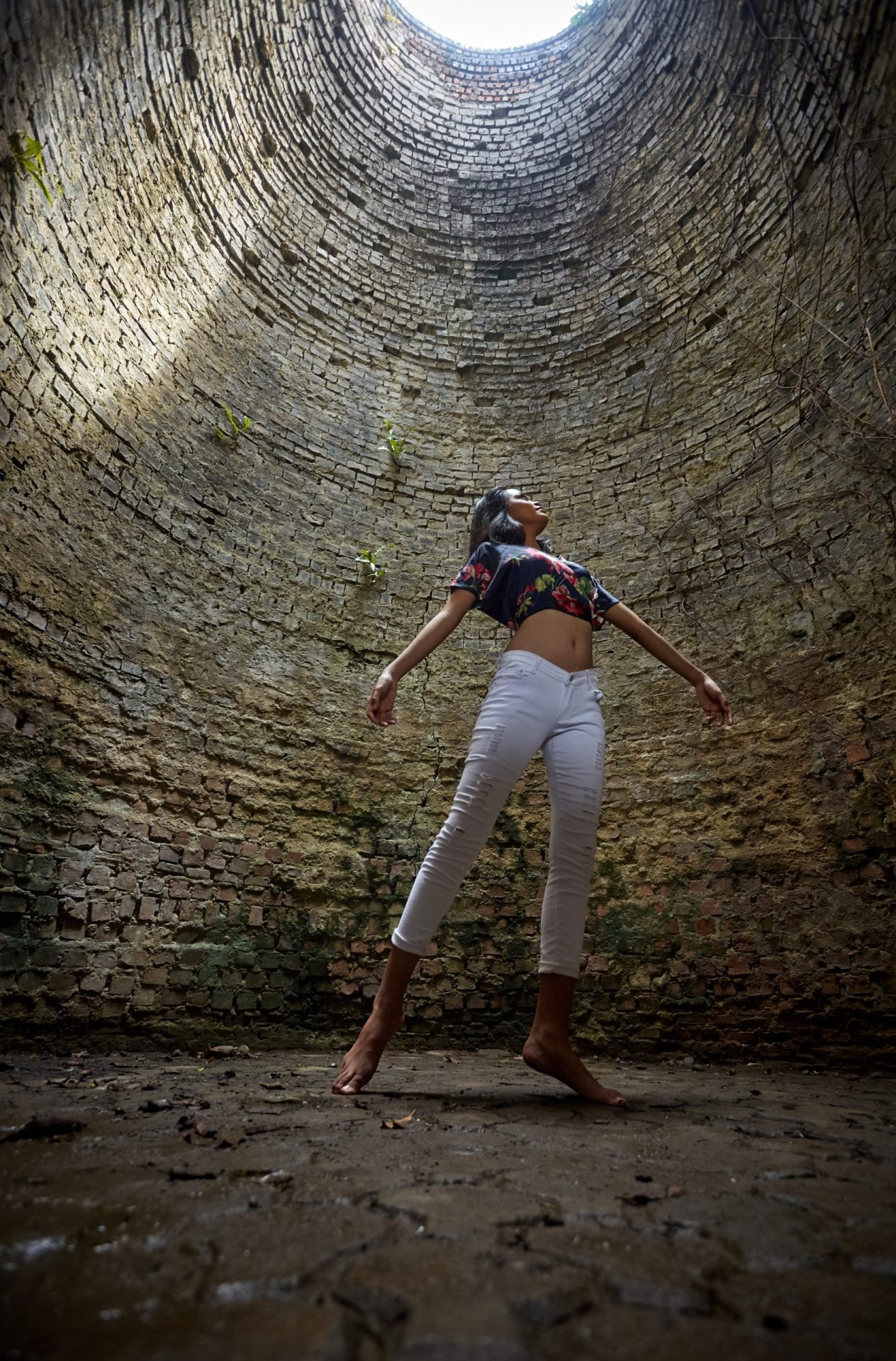The architectural designs of Spanish colonial churches remind us of Europe’s Medieval Architecture. The Dominican Priests who came to Cagayan did not only preach Christianity. They were also builders who brought Spanish influence to our architecture in the 16th century. Cagayan has abundant raw materials such as clay, sand, and coral stones that the Spaniards used to manufacture brick and mortar. Consequently, Spain also brought the technology for brick-making on a larger scale. The building of several horno (kilns) in strategic places like Bagumbayan (Tuguegarao), Dupax (Nueva Viscaya), and Camalaniugan eased the production of bricks needed for the building of churches, convents, town halls, and other government buildings and structures. The town of Camalaniugan holds the record of having the most intact Spanish colonial horno.
The exterior of the horno features two portals–big and small. The big portal serves as the door or entrance for placers (persons who arrange and stack the bricks before firing) while the small outlet on the right side of the main door is the stokehole of the furnace. The furnace connects to the main chamber through a narrow and low tunnel where heat travels. The Camalaniugan horno was built like a fortress and functioned as a watchtower. Today, it serves as a viewing deck for locals and travelers. Accessible through two flights of stairs, the viewing deck unwraps to the stunning view of the mighty Cagayan River.
Enter

















